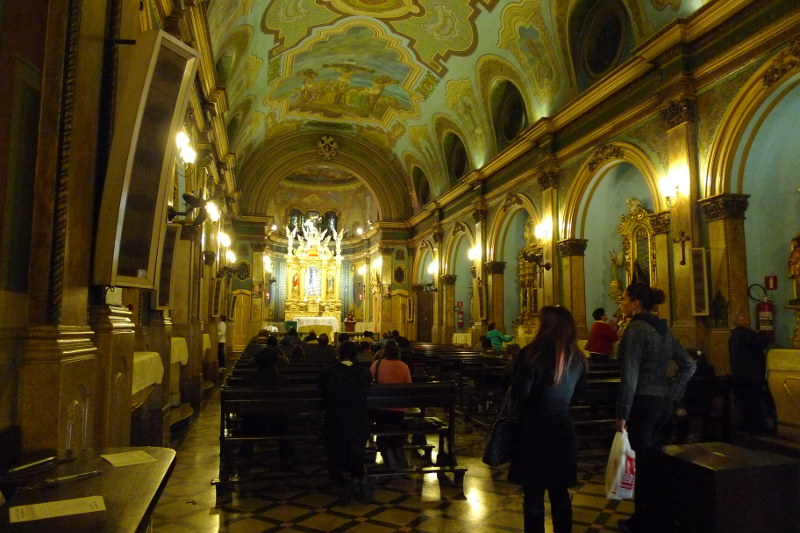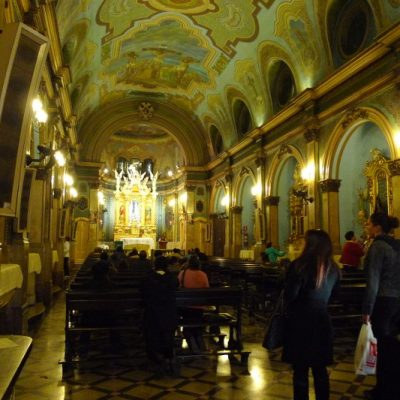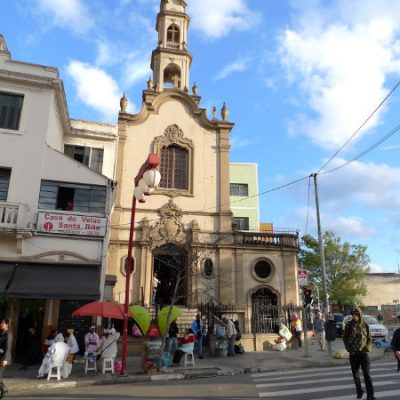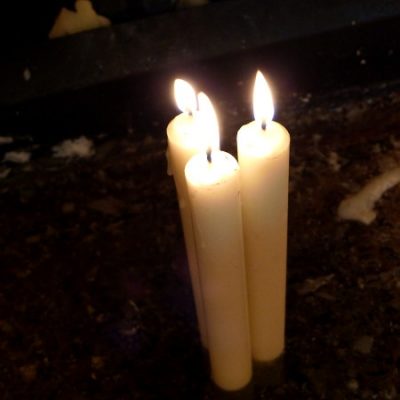Close to Sé, in Chinatown, next to the Liberdade Underground Station, is a small church with a big history: Igreja de Santa Cruz das Almas Enforcadas, which literally means the Santa Cruz Church of the Hanged Souls.
In the midst of the Brazilian War of Independence, one particularly humble but vocal leader named José Francisco das Chagas (the Chaguinhas) rose up against the Portuguese in an attempt to improve the working conditions for Brazilian and Portuguese soldiers. He was renounced and sentenced to death.
This sentence shocked the city of Sao Paulo and many turned out for his execution. Gallows were constructed in Freedom Square and on September 20, 1821 the Chaguinhas was to be hung.
However, during the event, the rope that was holding him snapped and he fell to the ground (still alive). To the people who were watching, this meant freedom — if the rope snapped during hanging then it was the will of God that the perpetrator be forgiven and continue on with his life.
The executioners did not agree and attempted to hang the Chaguinhas again.
During the second attempt, the rope snapped and the people again shouted Freedom! because God had spoken again and determined that the man should live.
On the third attempt, the Chaguinhas died.
To the Brazilians watching, this was an injustice. A miracle had just happened and yet the government chose to ignore this miracle.
People lit candles and erected a cross in the spot where the Chaguinhas was hung. When the candles continued to burn unhindered by wind and rain, a church was built in devotion.
In the basement of the church you can burn candles in memory of those who have deceased. It’s here you will find a seemingly endless river of wax where small fires have started, but have never destroyed the chapel.




I was born in São Paulo, lived there for 12 years, studied in a Catholic School and never heard this story before. Nice and a bit strange at the same time to read a person from other country talking about it 🙂
Thanks Renato. It is strange… I also feel weird when people find tidbits about Canada that I’d never heard about.
When I travel somewhere I specifically look for interesting stories from people who I meet (bartenders, waiters, people in coffee shops, coco vendors, etc). On one of my last days in São Paulo I found a really nice man in a coffee shop who spoke marvelous English and told many stories.
Still I have many many pictures from Brazil, but it was very hard to find the stories to go with because people would either walk away when I asked a question or the stories lost details in translation. I may have also heard something different from what was being said because of language and cultural differences.
This was a huge learning for me: that in most cases, the history we know is really just the capturing of a story and that story is founded on cultural or personal perception and experience.